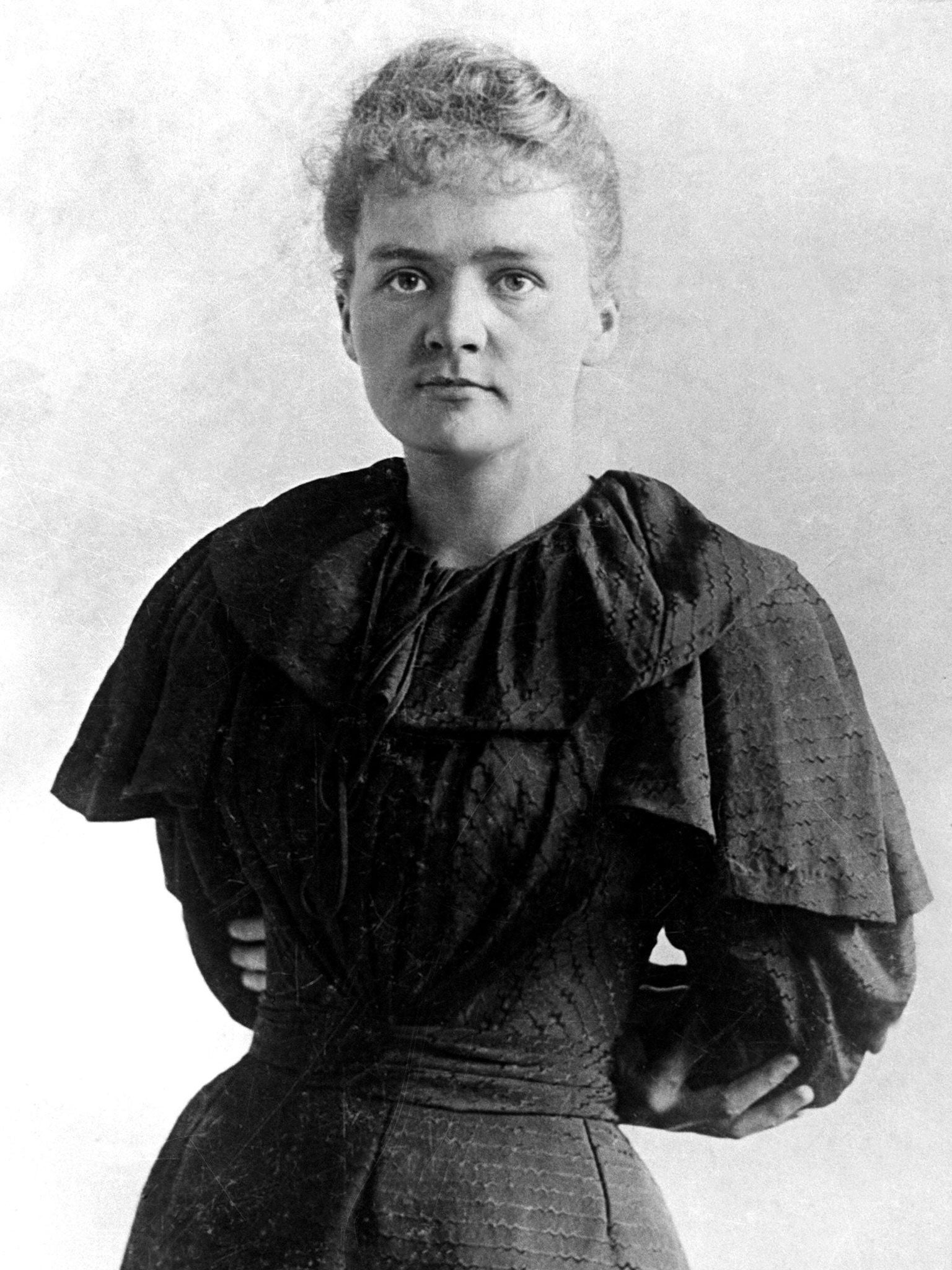Could you name more than one female scientist?
Study reveals a widespread ignorance about women's contribution to science

A quarter of people are unable to name a single famous female scientist, either living or dead, a European-wide study will reveal this week.
Preliminary findings from a survey of more then 1,100 people, including scientists, indicate staggering levels of ignorance about female contributions to some of the world's most important discoveries.
Marie Curie, the physicist and chemist who was the first woman to win a Nobel prize, is by far the most well known, but the researchers believe this is mainly due to her association in Britain with the Marie Curie Cancer Care charity.
The study involved questionnaires filled out by people in the UK, Ireland, France, Spain, Germany, Italy and other western European countries. While about 75 per cent were able to name at least one female scientist, around 25 per cent were unable to think of one.
The results of the study will be presented at a conference organised by the Women in Science Research Network, to be held at the Royal Society in London on Thursday and Friday.
"Revealing Lives: Women in Science 1830-2000" will feature presentations about history's "largely invisible" army of female scientists whose contributions gave rise to important discoveries.
Cynthia Burek, the deputy director of the Centre for Science Communication at the University of Chester, and Bettie Higgs, the vice-president for teaching and learning at University College Cork, Ireland, undertook the study.
Professor Burek told The Independent on Sunday that some scientists who had been questioned during the survey had resorted to naming their university colleagues, as they were unable to think of enough famous names. Without efforts to promote them, female scientists would sink into obscurity, she added.
"They're not part and parcel of the education system. We're not giving youngsters role models. Some of these women have had fantastic lives – why does nobody know about them?"
"We're hoping this might encourage people to look at these lives – at women who have been killed while doing research, who have had their research stolen, who have so fundamentally changed our ideas."
Unsung heroines
Chien-Shiung Wu (1912-1997)
Physicist who conducted an experiment in 1956 that overthrew the principle of conservation of parity. The discovery earned a Nobel prize for her male colleagues Tsung-Dao Lee and Chen-Ning Yang a year later, but Wu was not credited. Born in China, she moved to the US to study physics at Berkeley. During the Second World War she helped with secret attempts to create an atomic bomb, developing a process to enrich uranium ore.
Margaret Fountaine (1862-1940)
A Victorian lepidopterist, diarist and fearless traveller, she worked across six continents amassing 22,000 specimens. When she died, she left a sealed box that she requested should remain unopened until 1978. It contained 12 journals detailing her life from the age of 15, which recounted her tempestuous love affairs. The diaries were published, but some argue that the debate they sparked about her private life has overshadowed her valuable scientific work.
Mabel Purefoy Fitzgerald (1872-1973)
After studying physiology "unofficially" at Oxford between 1896 and 1899 (women were not yet admitted for the subject), she worked as an assistant in the private lab of the Scottish physiologist John Scott Haldane. As part of her fieldwork, she travelled alone to Colorado, to study how humans acclimatised to altitude. Haldane later said her exclusion from all-male groups of researchers during fieldwork meant she was "much more adventurous" than they.
Caroline Herschel (1750-1848)
The sister of astronomer William Herschel, she worked as his apprentice and helped him develop the modern mathematical approach to astronomy. In 1783, she discovered three new nebulae. Between 1786 and 1797, she also found eight comets. She had papers read at the Royal Society, even though women couldn't become fellows. The Royal Astronomical Society awarded her its gold medal in 1828. No woman was awarded it again until 1996.
Join our commenting forum
Join thought-provoking conversations, follow other Independent readers and see their replies
Comments